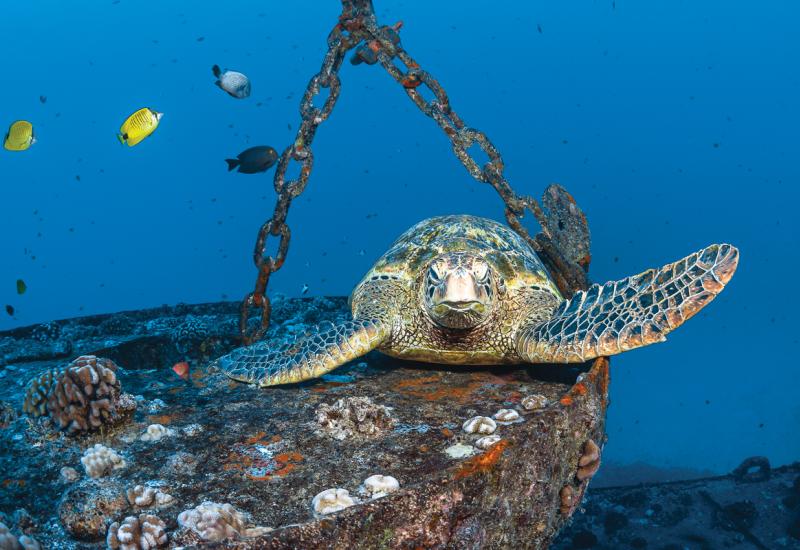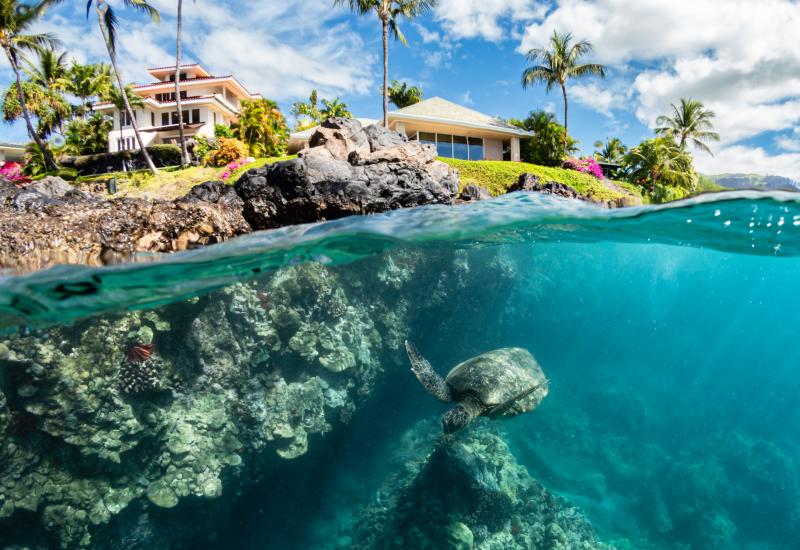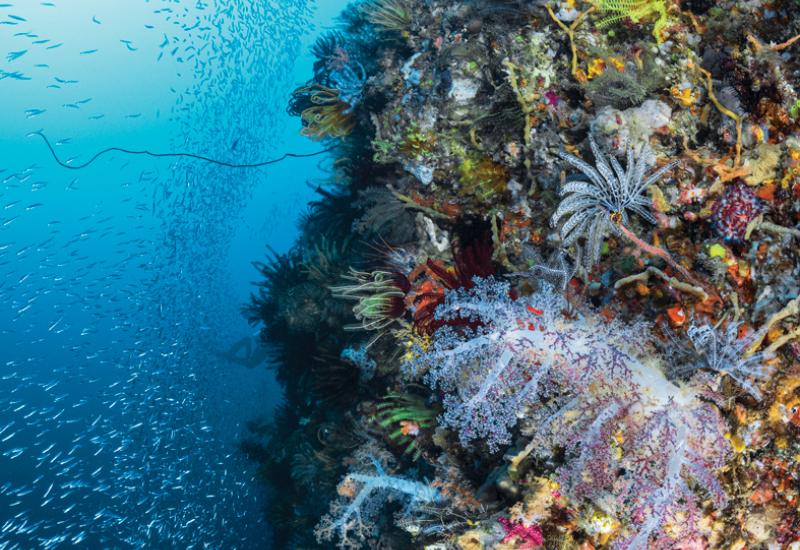Scuba Diving Activities in Kona Not Impacted by Volcano on Big Island of Hawaii
On May 3, the Kilauea volcano on the Island of Hawaii began erupting. Nearly 78 days later, the eruptions are still causing problems for some parts of the island. However, the majority of the island has remained unaffected, including the popular scuba diving and tourism hotspot of Kona.
Kona is located on the west side of the island where the Kilauea volcano is located in the southeast corner of Hawaii Island. You can see from the map below that the lava flow is concentrated in a very small part of the island.
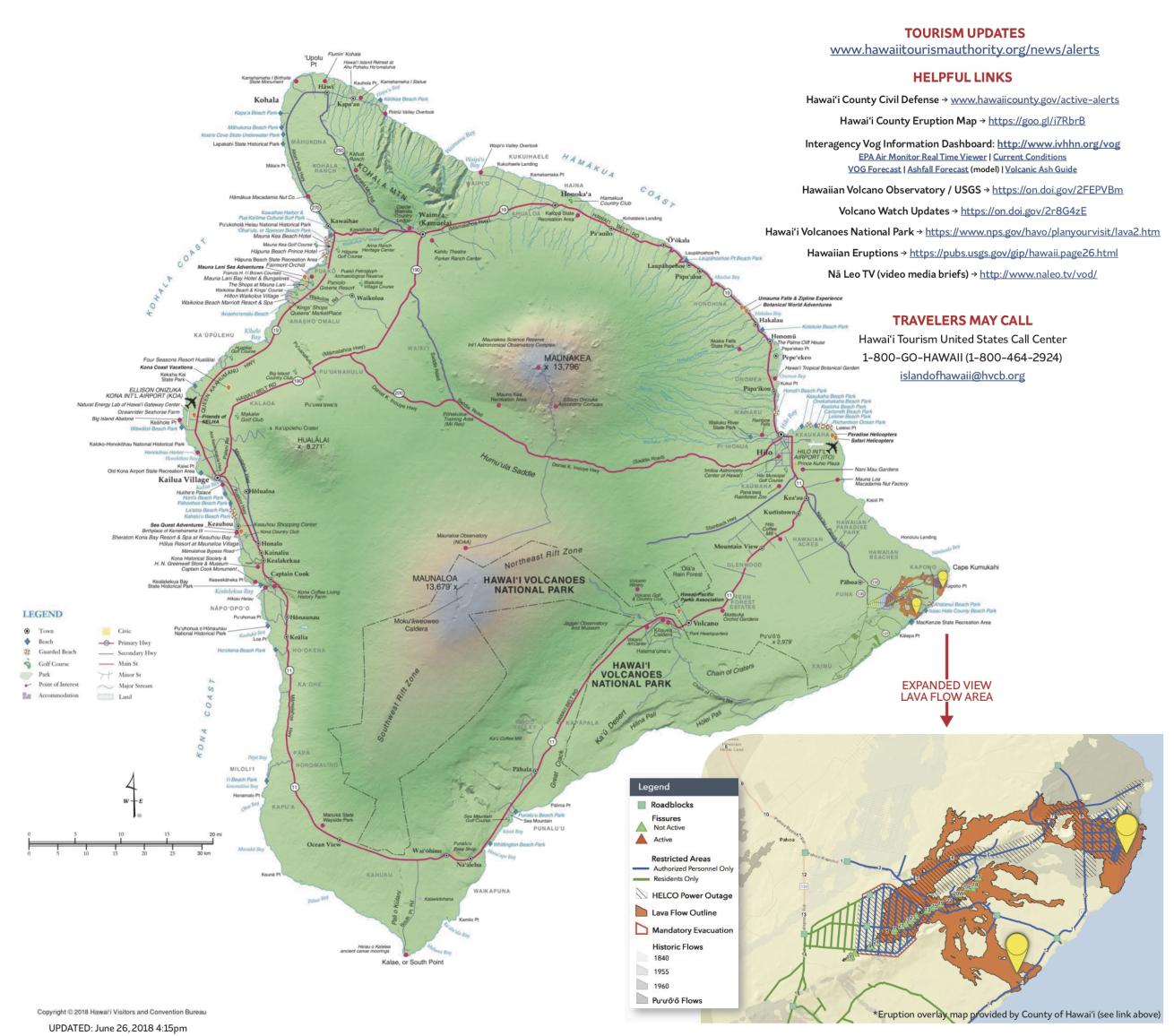
Hawaii Tourism AuthorityFor tourism updates, visit hawaiitourismauthority.org/news/alerts
As you can see by the area outlined in orange above, the lava flow is concentrated in the southeast corner of the island.
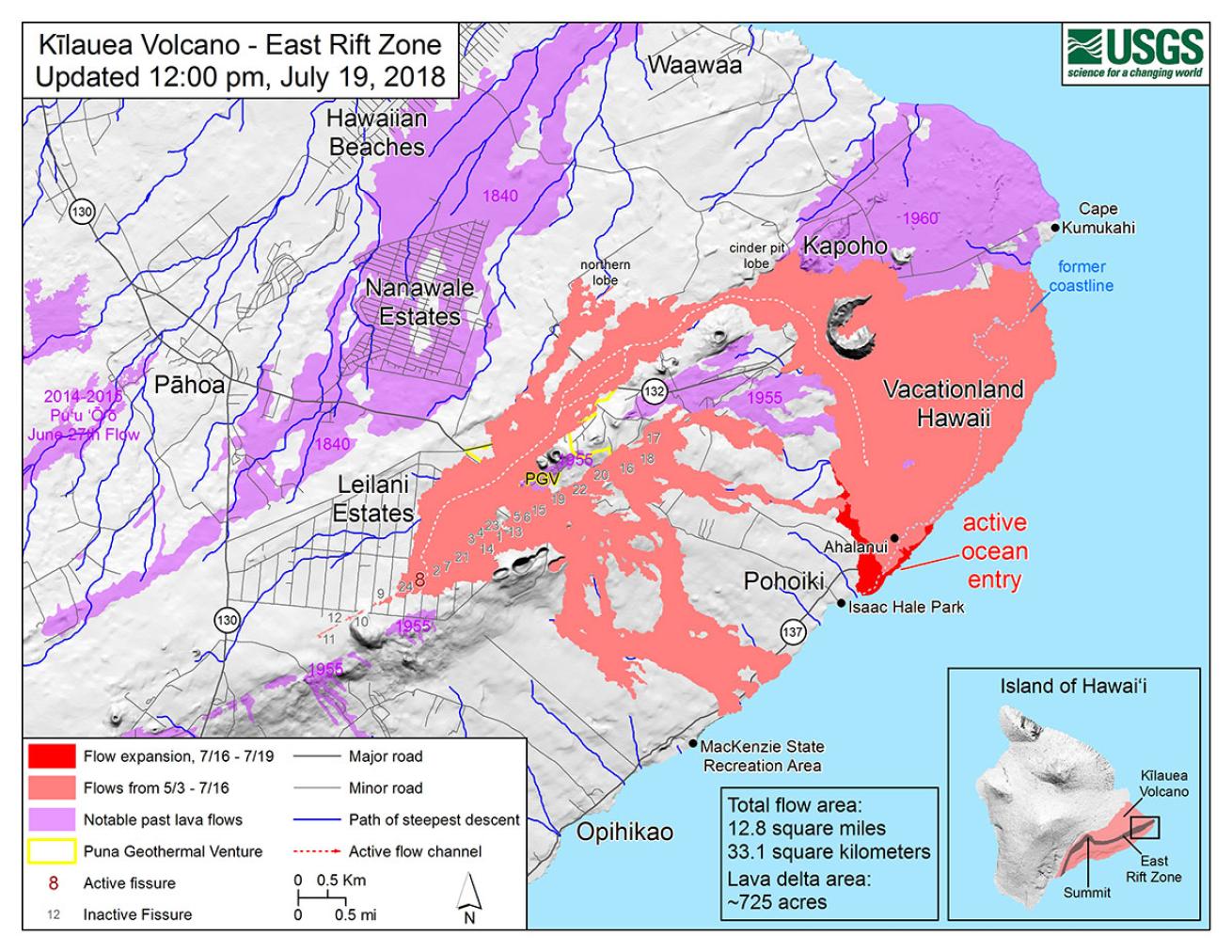
United States Geological Survey (USGS)Despite the eruption of the Kilauea volcano on May 3, the majority of the island has remained unaffected, including the popular scuba diving destination of Kona.
This is not to take away from the families who have lost homes and most recently the 23 tourists, some injured, on board a lava boat tour. The maps above are meant to show an accurate picture of the affected region. The affected community is located near Pahoa in the Puna District on the east side of the Island of Hawaii.
It’s important to note that areas such as Kona, are located more than 100 miles away by land. There are no warnings in affect for tourism in Kona and it is unlikely there would be any danger of a lava bomb or other volcanic activity disrupting regularly scheduled dives or boat tours.
We spoke to Jack’s Diving Locker whose business is located in Kona, and Teri Leicher says that “there is no impact to the area of Kona, in west Hawaii and no impact to the diving conditions.”
All of Jack’s Diving Locker classes and charters, including signature dives to pelagic magic and the night time manta ray dives continue to run uninterrupted.
Another concern is the vog present in the air, but Hawaii Governor David Ige has said, “fortunately, when trade winds are blowing, the vog and ash routinely move in a southwesterly direction and out to sea away from the Hawaiian Islands.”
The Hawaii Tourism Authority has gone to great lengths to provide updated information on the volcanic activity as well as precautions one might need to take when visiting the island. As always, before booking a dive trip, make sure to do your own research of the area but know that Hawaii is still very much open for business and ready to welcome scuba divers.
• For information on helping those affected by the lava flow, visit hmono.org


